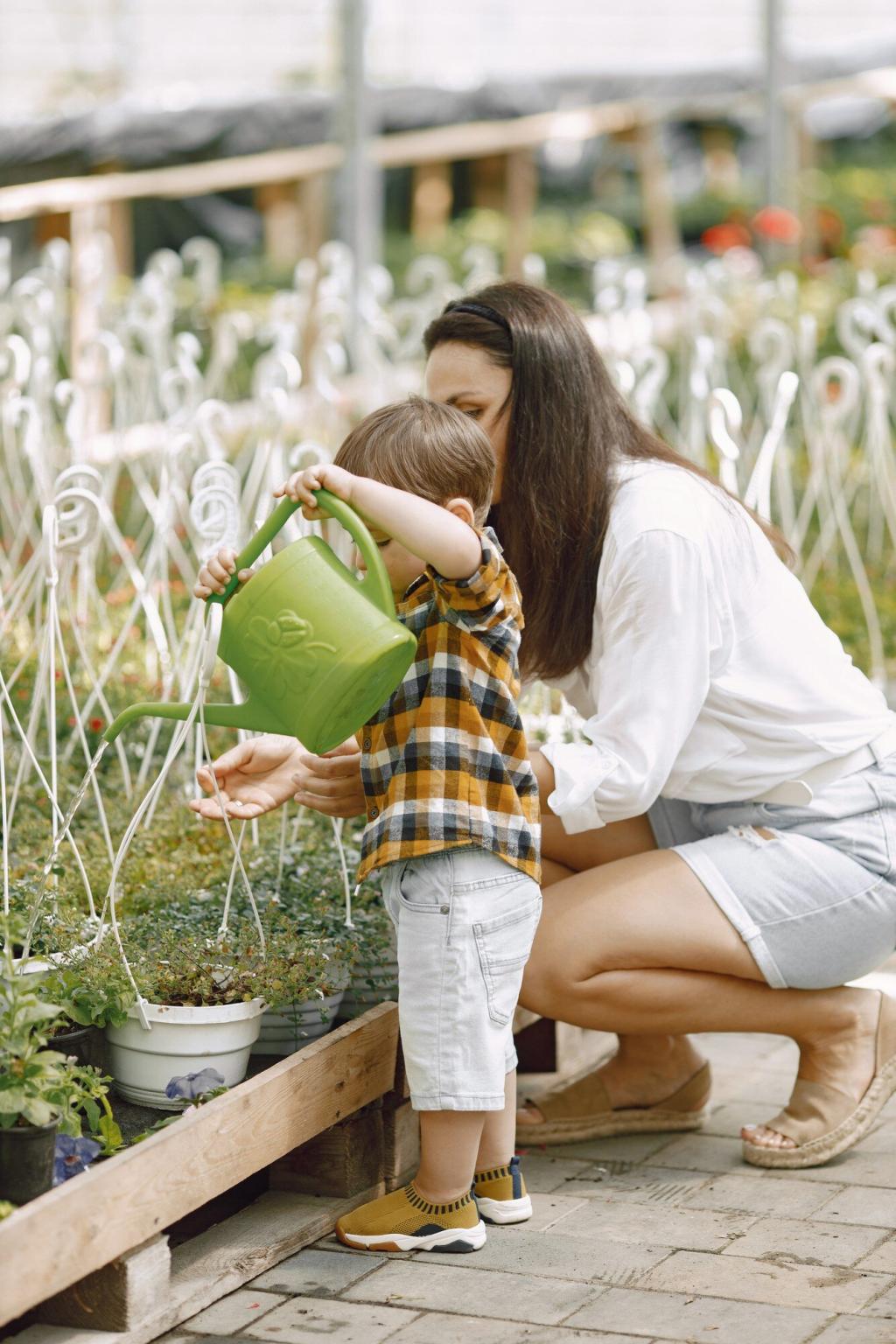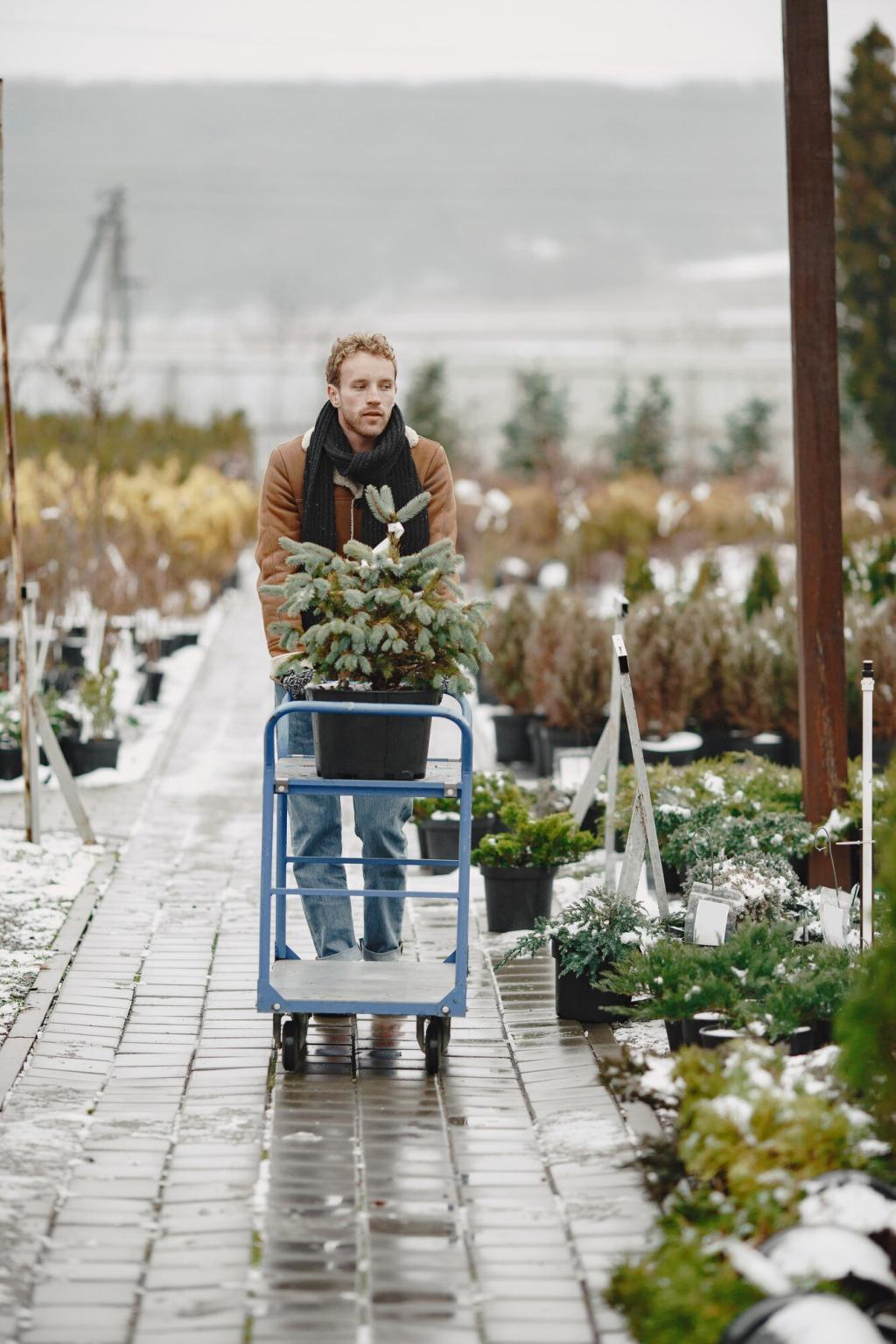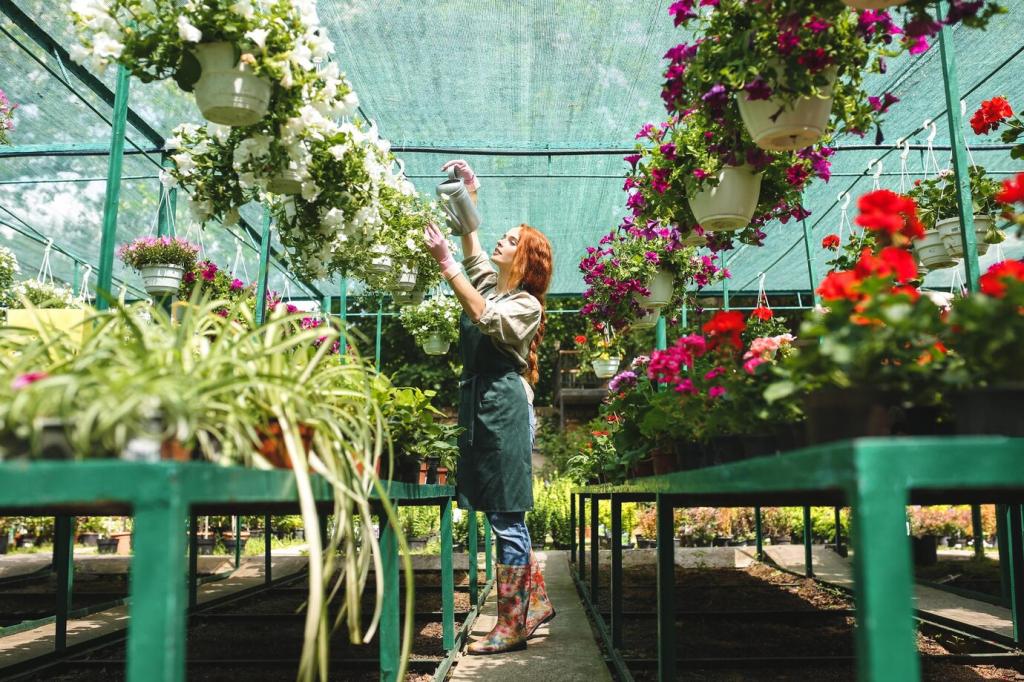Vertical Gardening Techniques for Urban Dwellers
Vertical gardening offers a transformative solution for city residents seeking to enjoy greenery, grow fresh food, and enhance their living spaces despite limited ground area. From stunning living walls to creative upcycled containers, vertical gardens make it possible to maximize the utility of tight urban spaces. This guide explores innovative methods, practical considerations, and the many rewards of adopting vertical gardening in city environments. Whether you’re looking to cultivate herbs on your balcony or create an urban jungle in your apartment, these strategies empower you to personalize your surroundings and reconnect with nature, even in the heart of the city.

Understanding Vertical Gardening
The core concept of vertical gardening revolves around maximizing space and increasing plant density through upward growth. This not only enhances aesthetic appeal but also contributes to air purification and urban cooling, making your home healthier and more comfortable. The adaptive nature of vertical gardening means it can be customized for food production, decorative greenery, or both. Moreover, these gardens provide privacy, create sound barriers, and serve as natural art installations, offering urban residents an oasis amidst concrete surroundings.

Choosing Suitable Plants
Light and Microclimates
Urban environments often result in diverse microclimates, depending on exposure to sun, shade, wind, and heat reflected from buildings or pavement. Understanding these factors helps in choosing plants that will flourish in each part of your vertical garden. For sun-drenched areas, opt for herbs, succulents, or flowering annuals known for their sun tolerance. In shaded spots, ferns, ivy, and certain mosses can provide lush coverage and resilience.
Edible vs Ornamental Choices
Many urban gardeners face the enjoyable decision between growing edible plants or decorative varieties, or combining the two. Edible selections—like lettuce, strawberries, or herbs—offer the added reward of fresh produce from your own wall or balcony, while ornamental plants like trailing petunias, colorful coleus, or climbing roses deliver visual impact and year-round interest. Blending both can result in visually striking and practical installations.
Maintenance Considerations
Maintenance is a critical factor when selecting plants for vertical gardens, since access can sometimes be more challenging than in ground-level beds. Hardy, low-maintenance plants that require minimal pruning, can withstand some drought, and have resistance to common pests are ideal choices. Considering the natural growing habits—like trailing, climbing, or compact growth forms—also helps ensure that plants thrive with minimal intervention in the often-harsh urban environment.
Building Your Vertical Structure
DIY and Upcycling Materials
One of the appeals of vertical gardening in urban settings is the potential for creative reuse of everyday objects. Items like wooden pallets, shoe organizers, or plastic bottles can be transformed into productive, eco-friendly planters. This approach makes vertical gardening accessible and sustainable, as it repurposes materials that might otherwise go to waste. Building your own structures also allows for customization based on space constraints and personal style.

Manual and Automated Options
Manual watering works well for small-scale vertical gardens or setups with plants requiring different moisture levels. However, for larger or densely planted structures, automated solutions such as drip irrigation systems ensure consistent hydration and vastly reduce daily maintenance efforts. These systems can be integrated with timers to match plant needs and urban lifestyles, decreasing the risk of overwatering or drying out.
Drainage Management
Proper drainage is crucial to prevent waterlogging, root rot, and structural damage in vertical gardens. Layering the plant containers with drainage holes, gravel, or specialized fabric enables excess water to escape while retaining enough moisture for healthy roots. An efficient drainage plan also ensures that water reaches lower tiers without creating mess or damaging building surfaces, making vertical gardens viable both indoors and out.
Water Conservation Strategies
Urban dwellers often seek to conserve water, and vertical gardens are well-suited to this goal. Mulching, using water-retentive soil mediums, and rainwater collection all play significant roles in reducing water consumption. Choosing drought-tolerant plants and implementing moisture sensors or self-watering planters further minimizes resource use, supporting sustainable city living alongside lush greenery.
Soil and Nutrient Management
Specialized soil mixes for vertical gardening are formulated for both water retention and drainage, providing roots with access to air and moisture while preventing compaction. Lightweight organic components like coco coir, peat, or compost are commonly blended with perlite or vermiculite to boost aeration and drainage. These custom mixes support healthy plant development despite the limited volume of substrate available in vertical planters.

Living Walls and Green Screens
Living walls, also known as green walls, involve growing plants en masse on large, often self-supporting structures affixed to buildings or fences. These dramatic installations soften urban landscapes, create privacy, and can even help insulate buildings. Green screens, typically made from climbing vines or espaliered shrubs, offer a lower-maintenance alternative that still provides significant aesthetic and environmental benefits for urban dwellers.
Modular and Movable Features
In cities, flexibility is a cherished attribute. Modular panels, stackable planters, and hanging containers let gardeners rearrange plantings to suit seasons, moods, or changing needs—ideal for renters or those looking to experiment. Movable vertical gardens can also be relocated to exploit shifting sun angles or to protect delicate plants from harsh weather, maximizing the adaptability of even the smallest urban footprint.
Dealing with Urban Challenges
Limited Sunlight and Wind Exposure
Many urban gardens receive less than ideal natural light, especially at street level or among high-rises. Selecting shade-tolerant or partial-sun plants enables you to capitalize on available conditions. Urban buildings can also create wind tunnels; installing windbreaks, situating plants close together, or using sturdy support frames minimizes desiccation and mechanical stress, ensuring plants flourish despite the city’s unpredictable elements.
Pollution and Air Quality
City air often contains higher concentrations of dust and airborne pollutants, which can settle on leaves and hinder plant health. Regularly rinsing foliage, selecting species known for their pollution resistance, and placing vertical gardens strategically—such as near windows or ventilation systems—can help counter these effects. Additionally, many plants actively filter and improve indoor and outdoor air quality, amplifying the environmental impact of your urban garden.
Building Codes and Installation Permissions
Some urban homes and apartments enforce strict regulations regarding external modifications or the placement of structures. Before installing your vertical garden, it’s important to check local codes and, if renting, to consult property management or landlords. Opting for freestanding and movable vertical systems, or those that do not penetrate walls or facades, can help navigate these requirements while still creating a green haven.

Pruning and Plant Health
Regular pruning not only maintains the neat appearance of your vertical garden but also encourages healthy growth and prevents overcrowding. Removing dead or diseased foliage improves airflow, reduces pest risk, and allows light to reach all layers. Monitoring for pests and diseases is especially important in densely planted vertical systems, where issues can spread quickly if left unchecked.
Seasonal Adjustments and Rotation
Changing seasons often necessitate adjustments to your vertical garden, from swapping sun-loving summer plants for cold-hardy species in winter to modifying watering schedules and fertilization. Seasonal rotation keeps displays fresh and enables the garden to perform at its best year-round. Planning for these transitions in advance helps city gardeners respond efficiently to environmental shifts, preserving the beauty and productivity of their green space.
Troubleshooting Common Problems
Despite best efforts, urban vertical gardens can occasionally face setbacks such as nutrient deficiencies, persistent pests, or faulty irrigation. Early detection and swift intervention make it easier to resolve these problems before they compromise your entire installation. Consulting local gardening communities, horticultural extension services, or online forums connects you with expertise and support, ensuring long-term gardening success in the city.
